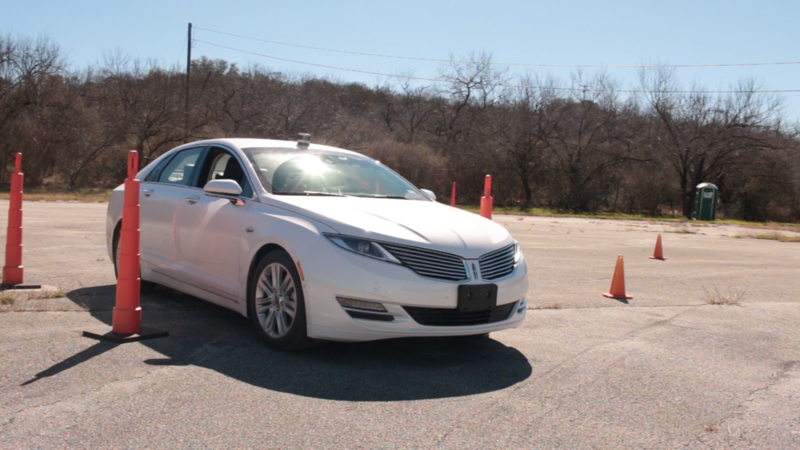Driverless cars could be sharing the road with San Antonio motorists in the not-too-distant future.
The City is requesting information about a potential autonomous vehicle pilot program that would inform how driverless cars are eventually used and regulated.
“As part of planning for the future, the City is seeking to better understand how emerging technology, such as autonomous vehicles, may improve connectivity by filling transportation service gaps, improve safety by reducing potential driver error, and also shift the focus to moving people and not just vehicles,” City officials stated in a request for information, or RFI. Issued Friday, the RFI calls for responses to be submitted by Aug. 20.
[…]
The City Council’s Innovation and Technology Committee in June identified three zones in which to test so-called smart city technology, innovation geared toward making residents’ lives more efficient. The Medical District, Brooks, and downtown were chosen as proving grounds for future initiatives that would be eventually be rolled out citywide.
City officials have said the medical center would likely serve as the local nexus of autonomous vehicle testing.
You can see a copy of the RFI here. The city had announced its intention to make this request back in May. Here’s a bit more about what this means.
The RFI is part of the city’s overall transportation plans for the expected population increase in the region, which will mean millions more vehicles on the roads in the coming years. Potential pilot projects may include autonomous vehicles used within properties like Brooks — the 1,300-acre, mixed-use development on the city’s South Side — which could be used in conjunction with a VIA Metropolitan Transit bus route, or the 900-acre campus of the Medical Center, which has more than 27,000 medical facilities and tens of thousands of employees. Other options include an autonomous shuttle on Joint Base San Antonio military installations or between those properties.
The city of Frisco is doing something like this, though they are (or should be) already at the implementation phase. As an enhancement to transit, using fixed routes in last-mile locations, it makes a lot of sense. I figure something like this will eventually come to Houston – I’m sure Metro is thinking about this sort of thing – but until then I’m happy to wait and see what other cities’ experiences are.

